The trail provides an opportunity to observe birds in their natural habitats nestled in the rocks, meadows, water and agricultural fields. While the trail goes along the forest, you can view birds in their natural habitat.
Trebujeni-Furceni Trail
Orheiul Vechi cultural-nature reserve
Orheiul Vechi reserve is a natural, cultural landmark of national significance in Moldova. It is located in the center of the country, along the Raut river’s gorge. It covers an area of 11k km2.
- The reserve is categorized as Category IV through the International Union for the Conservation of Nature (IUCN), for the protection of the reserves natural habitat.
- Due to its uniqueness, the Orheiul Vechi Archaeological Landscape is included in the UNESCO Indicative List.
- The reserve is part of the Orhei National Park.
- Home to about one-third of Moldova’s bird population, the reserve provides shelter for more than 100 species of birds.
Important information
- The trail is located between Trebujeni and Furceni villages. It is recommended for an easy walk along the Raut gorge and can be started from the start or endpoint, as the trail makes a full loop.
- Proceed with caution along the rocky area around Trebujeni as there is a high amount of erosion and loose rocks along the trail.
- Public transport to Chisinau and Orhei is available from Trebujeni and Furceni villages. More details can be found on https://autogara.md
Tourist attractions of the route
- Trebujeni-Scoc & Piscul Ciobanului Archaeological Sites. Conserved
The legend
Birds to see?
Around the rocks and caves of the Trebujeni and Mihailasa areas:
Northern wheatear
Oenanthe oenantheThe species prefers rocky habitats, but it also nests in clay ravines, construction sites or ruins. It is a summer guest and can be seen during April-October.
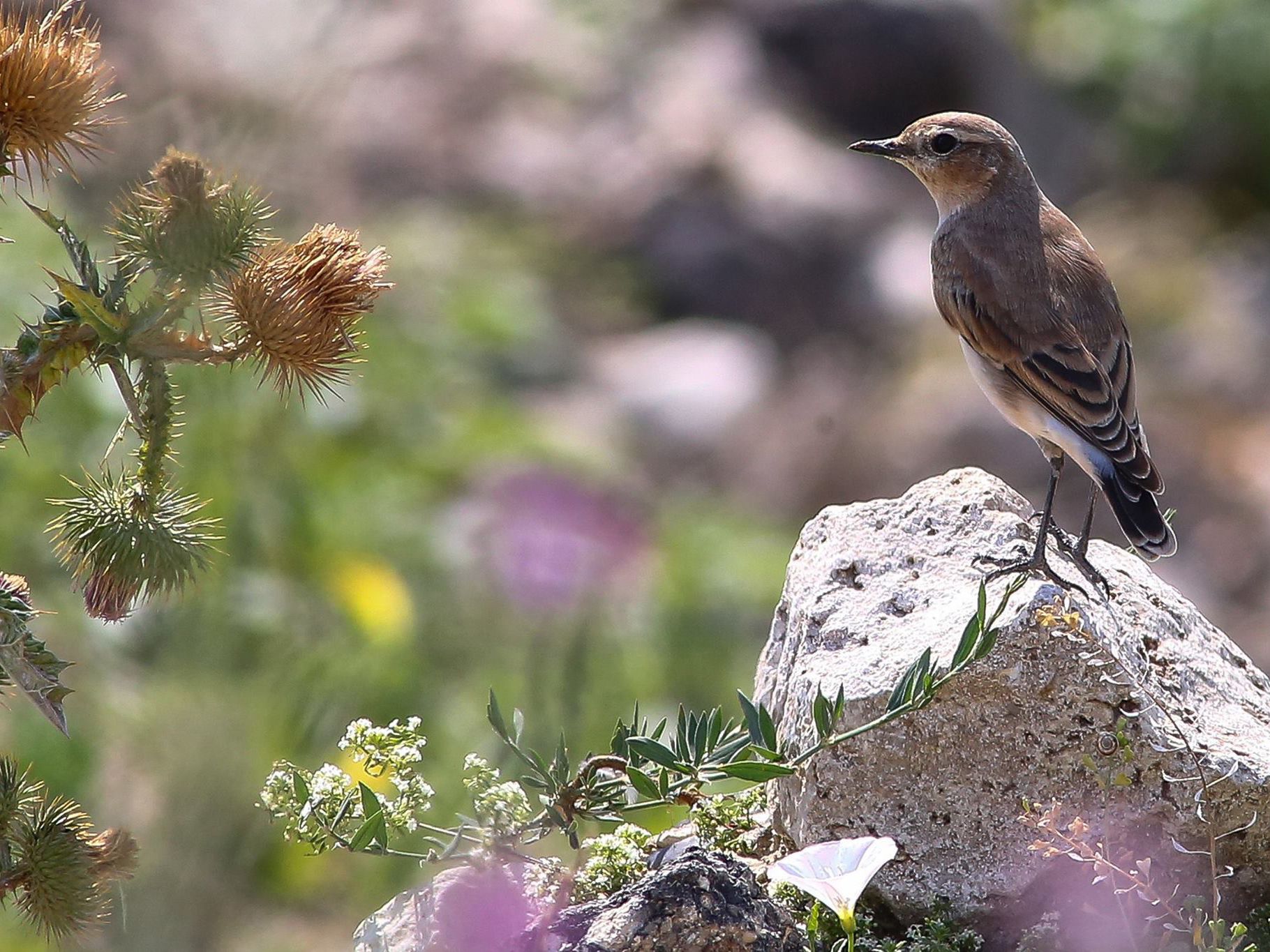
European bee-eater
Merops apiasterOccupies predominantly sunny slopes, clayey and sandy ravines, and sometimes the steep banks of lakes / rivers. The species is a summer visitor and can be seen from May to September
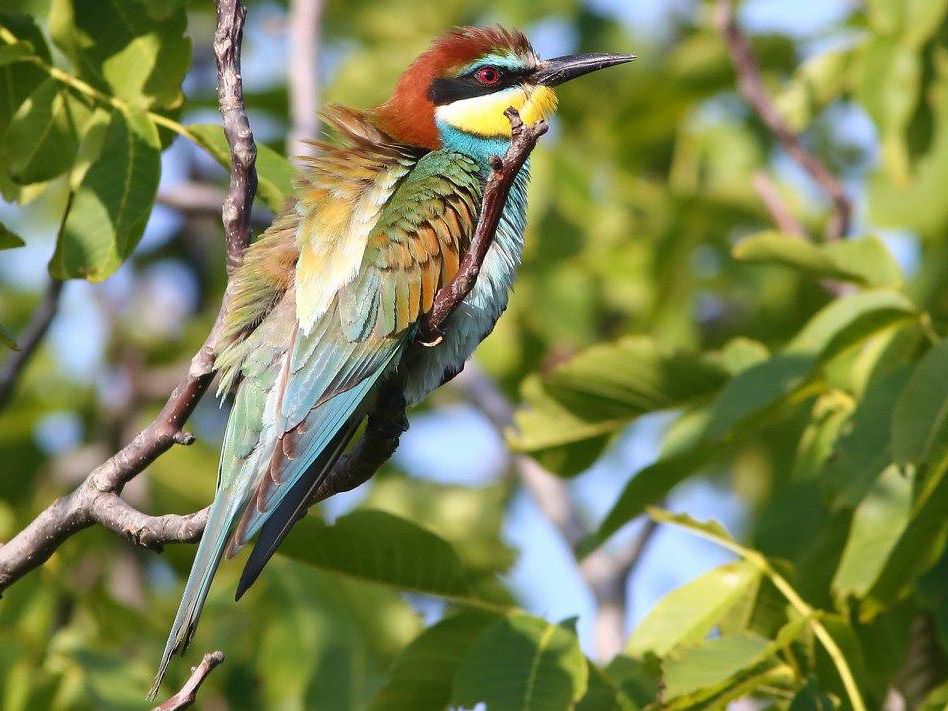
Common raven
Corvus coraxNests in habitats of deciduous or coniferous forests, but feeds in most types of habitats: meadows, farmlands, valleys, meadows, etc. It is a sedentary species that can be seen all year long.

Little owl
Athene noctuaOften found in rocky habitats, occupying caves and holes in order to nest. It can also be found in human settlements, where occupies bridges of old or abandoned houses. It is a sedentary species that can be seen all year long

Eurasian eagle owl
Bubo buboIs a species characteristic for woodland areas where the cliffs are associated with forests (especially conifers). It is a sedentary species that can be seen all year long.

In the Raut river meadow, near the Trebujeni and Mihailasa areas, as well as in the Ripa Ciobanului and Selitra gorges:
Red-backed shrike
Lanius collurioPreferă zonele agricole deschise cu tufişuri şi copaci izolaţi. Este oaspete de vară, putând fi văzut în perioada mai-septembrie.
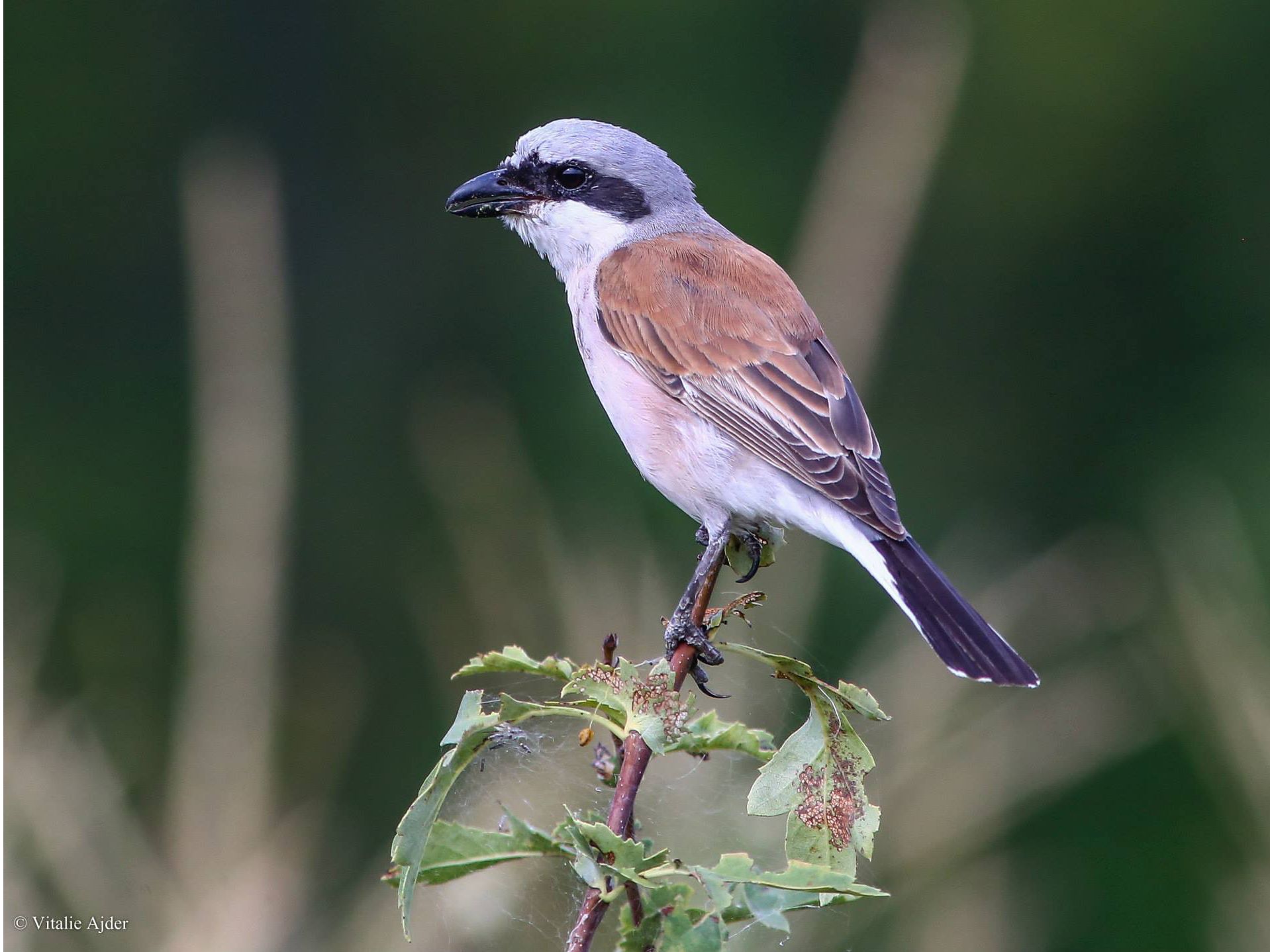
Tawny pipit
Anthus campestrisIs a species characteristic for open and arid, sandy areas with low vegetation. It also occurs in artificial areas, such as quarries, and at other times, areas with bushes and trees are preferred. It is a summer visitor, present in our country from April to September.
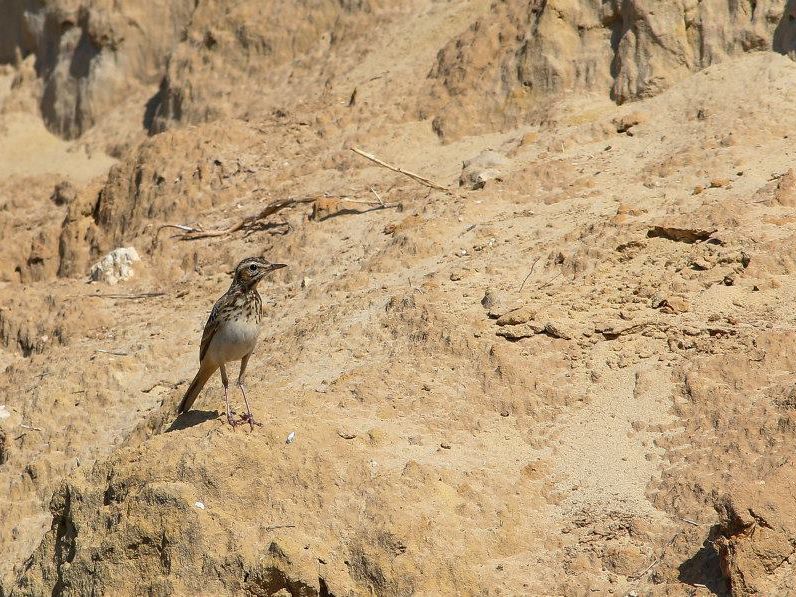
White wagtail
Motacilla albaPrefers habitats near water, but is also found in parks, gardens and farmlands, even in urban and rural areas. It is a summer visitor and can be seen during March-October.
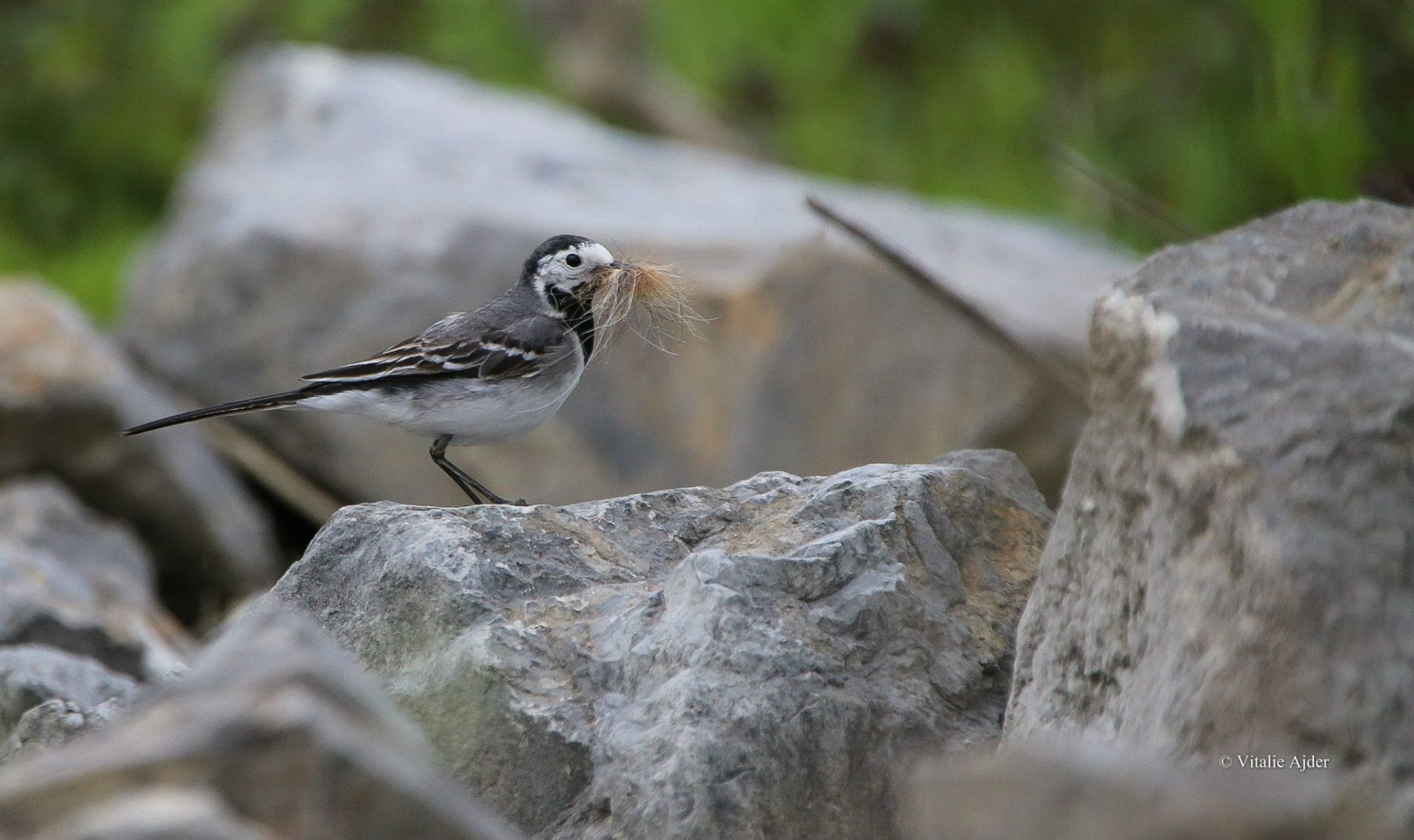
Common cuckoo
Cuculus canorusCan be found in a wide variety of habitats including forests, farmlands, reeds and wetlands, meadows and floodplains, etc. It is a summer visitor and can be seen during April-July.
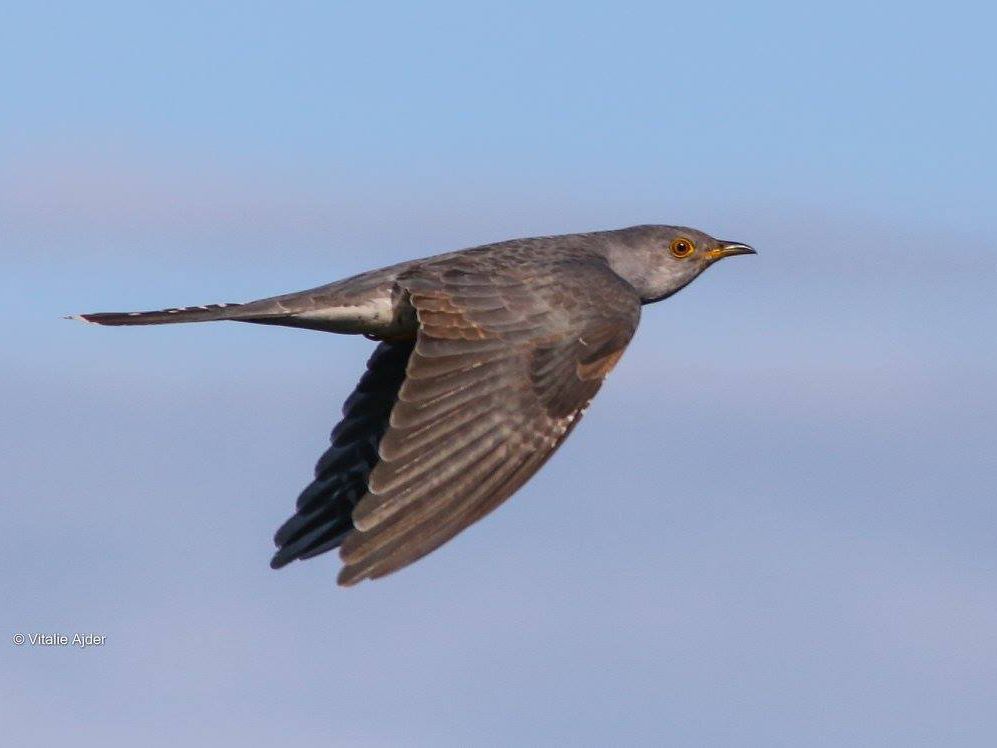
Yellowhammer
Emberiza citrinellaNests in forests and hillside areas, but can also be found on farmlands or river meadows. As some flocks can migrate partially, the species can be seen here throughout the year.

European goldfinch
Carduelis carduelisThe species is found in parks, orchards, gardens, forest strips, usually in open habitats. It is sedentary and can be seen throughout the year.
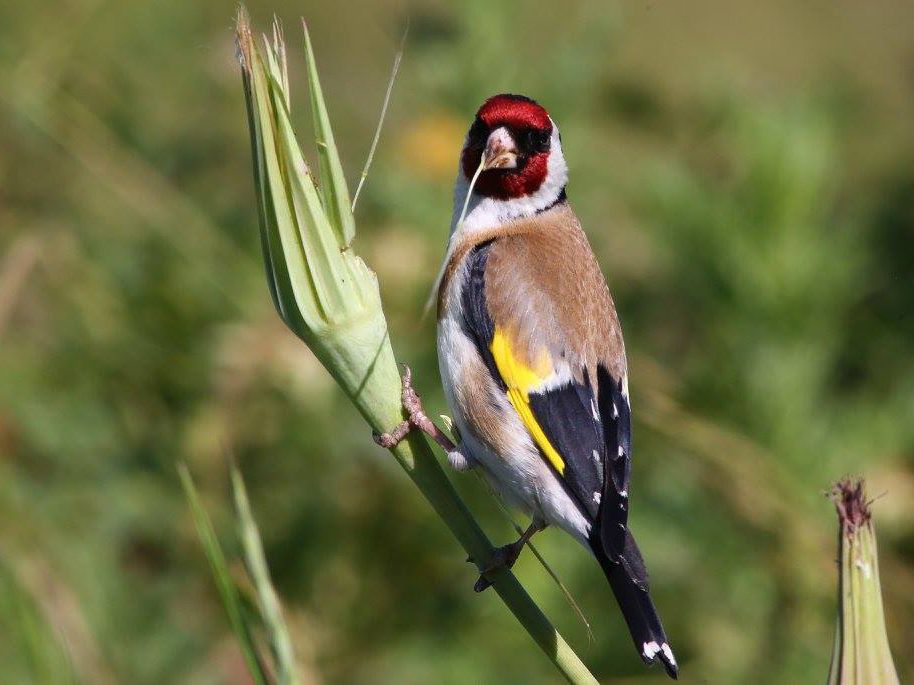
Along the Raut river:
Great reed-warbler
Acrocephalus arundinaceusA common species in aquatic and semi-aquatic habitats. It is a summer visitor and can be seen during April-August.
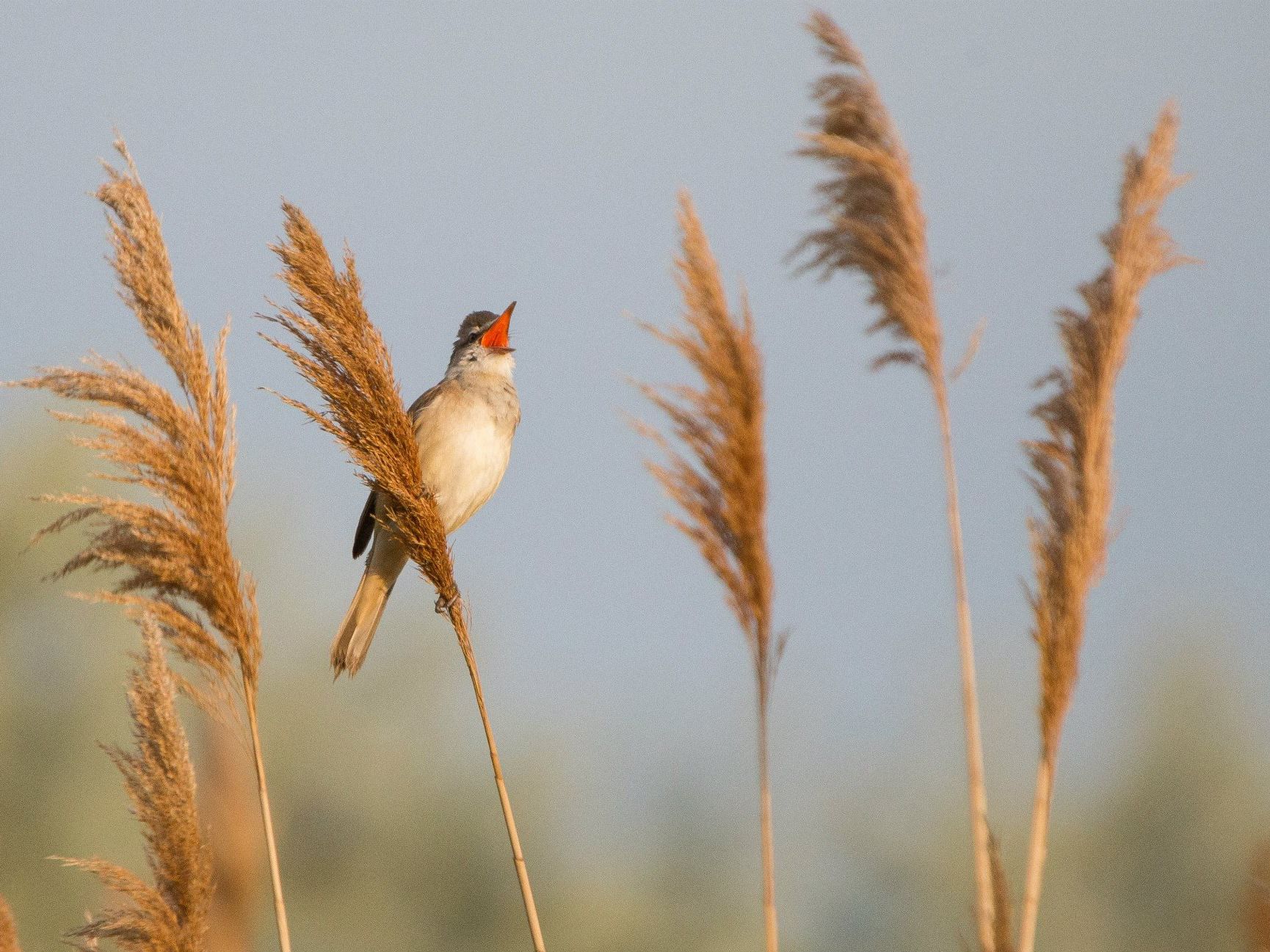
Little egret
Egretta garzettaCan be found in aquatic and semi-aquatic habitats, especially lakes, ponds, marshes, rivers or flooded lands. It is a summer visitor and can be seen during March-November.
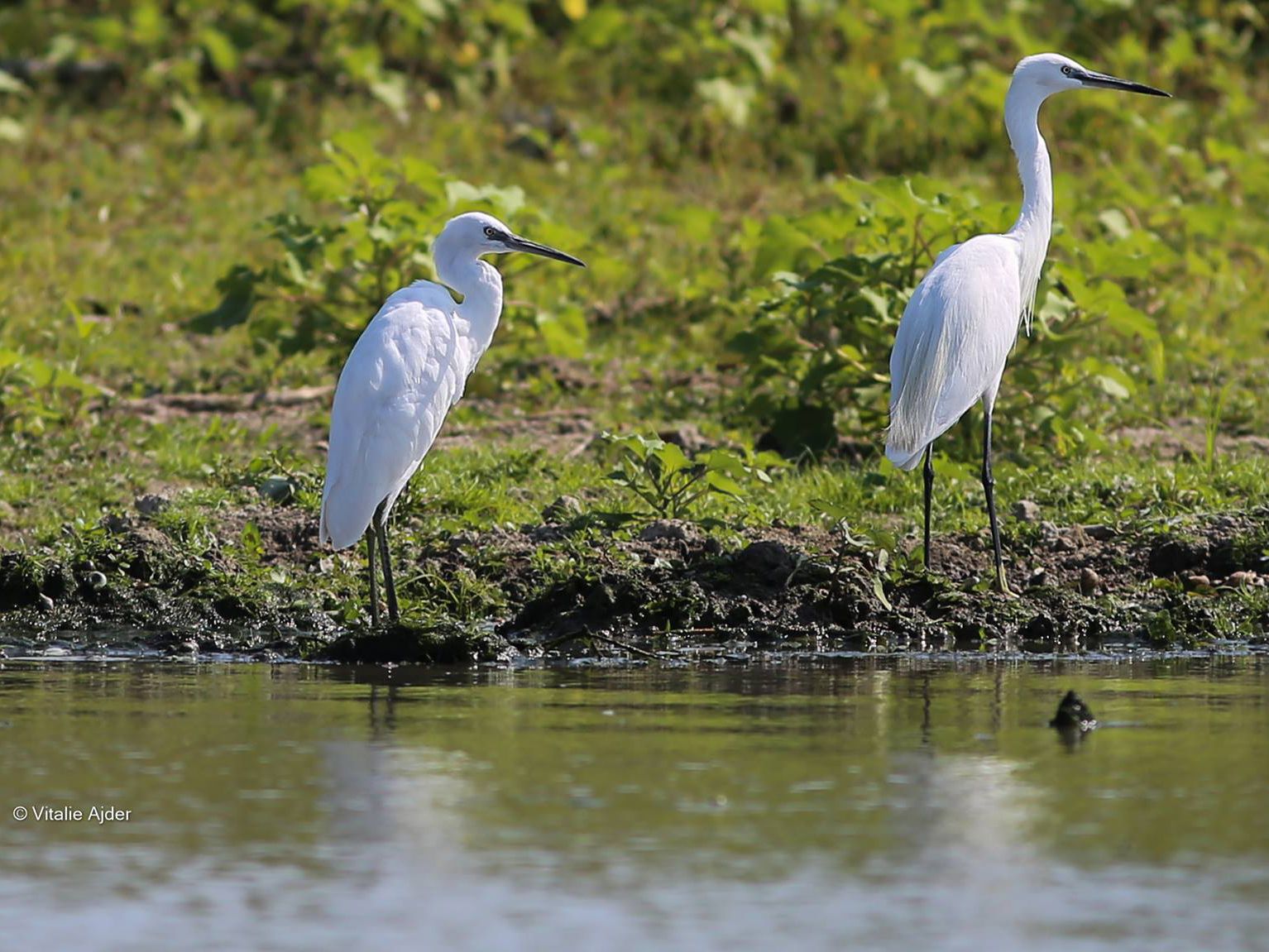
Grey heron
Ardea cinereaIs common for all types of wetlands: lakes, marshes, ponds, rivers. It is a summer visitor and can be seen from May to October.

Kingfisher
Alcedo atthisThe species is characteristic for rivers, canals, freshwater lakes. It is a summer guest and can be seen during March-November.
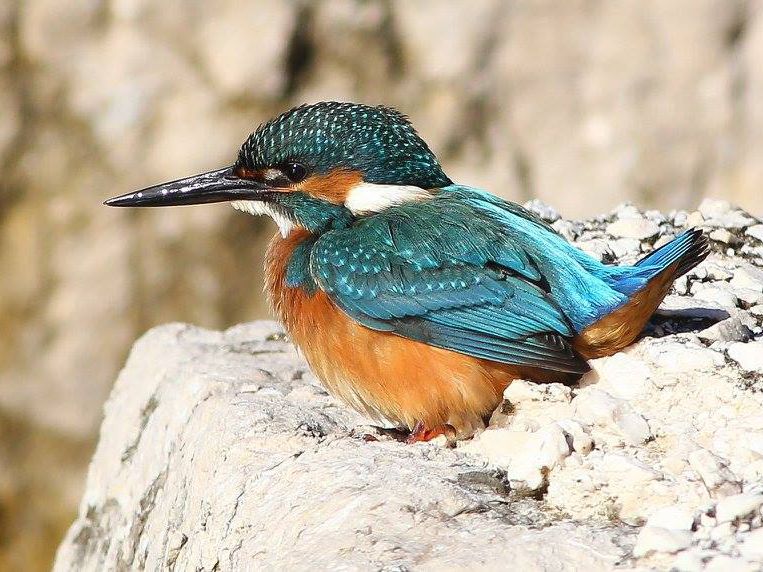
Black-crowned night-heron
Nycticorax nycticoraxIs a wetland species of freshwater or even salty water, and usually nests in colonies established in the willow trees by the water. It is a summer visitor and can be seen from May to September.

Marsh harrier
Circus aeruginosusIt is a species which prefers wetlands with big concentrations of reed beds. It is a summer visitor and can be seen from May to October.
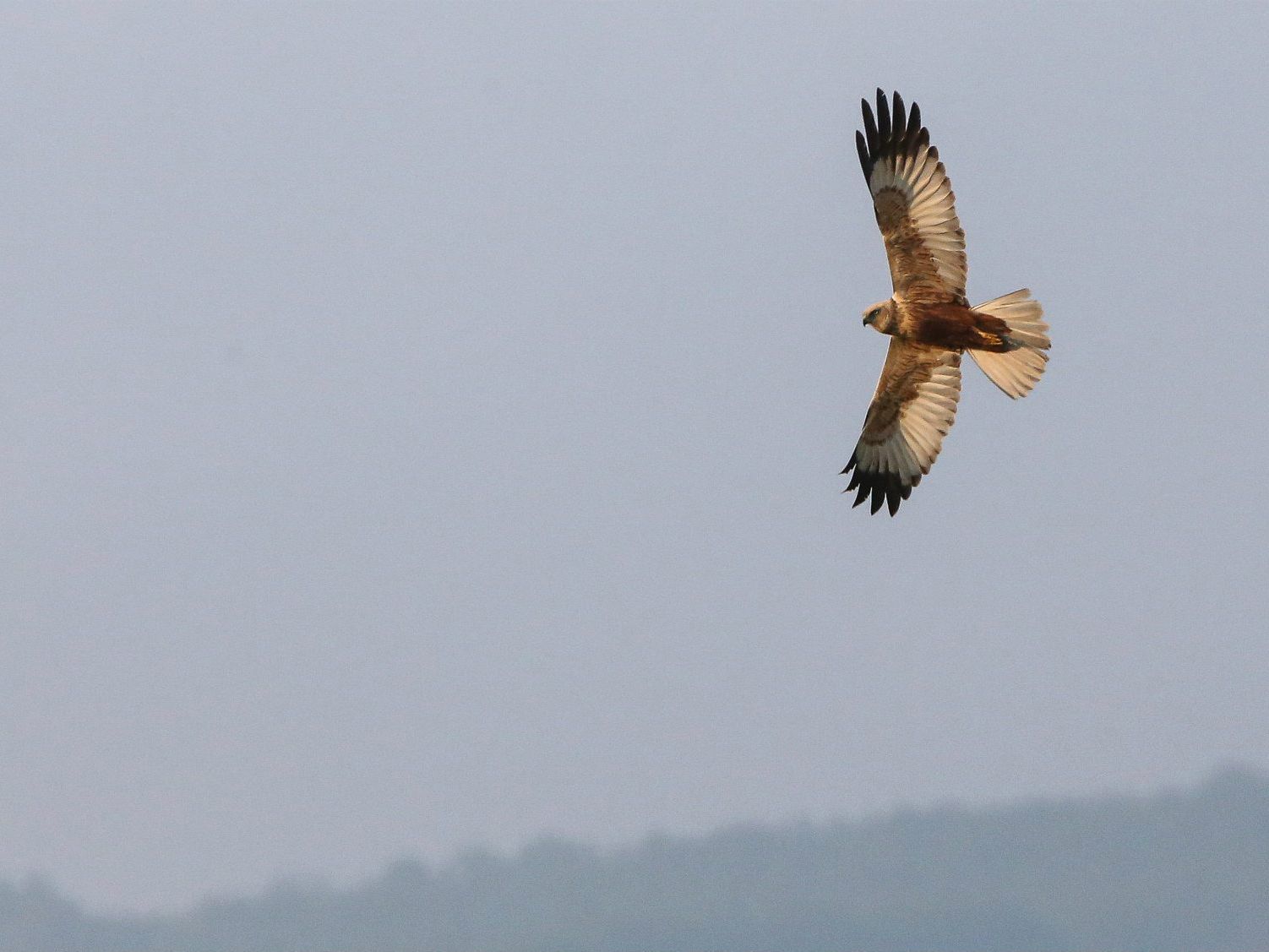
Penduline tit
Remiz pendulinusIs found around reedbeds near lakes, rivers, estuaries and marshes. It is a summer guest and can be seen from April to September.
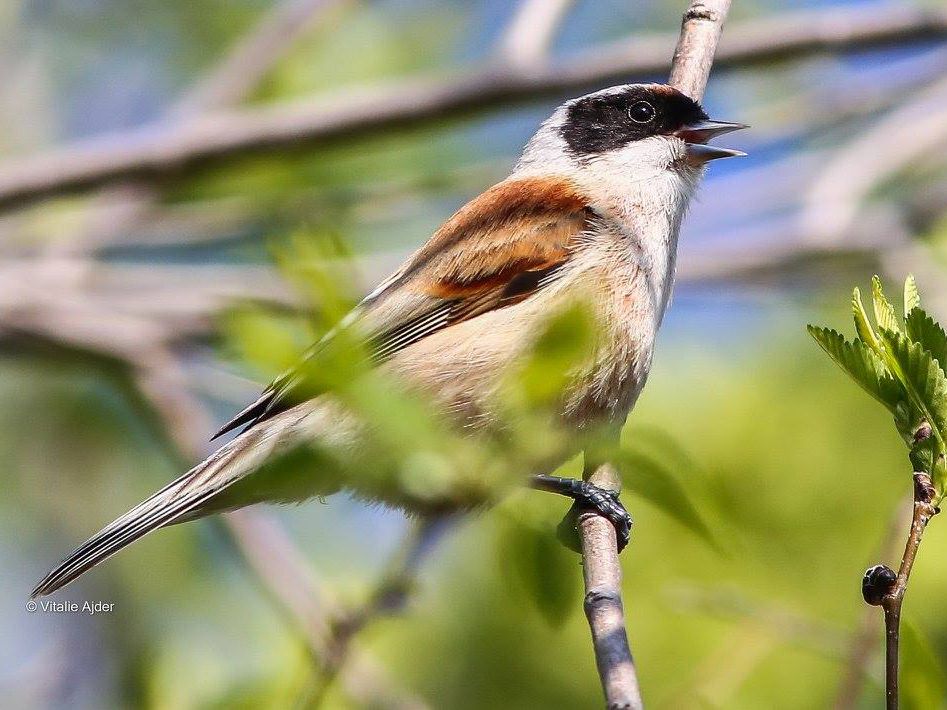
In the Trebujeni-Podis forest and the forest along the Raut river banks:
Great tit
Parus majorIs a species very common in parks, forests, forest strips, groups of trees, bushes or even isolated trees. It can be found in cities, villages, plains, meadows, etc. It's sedentary and can be seen all year.

European turtle-dove
Streptopelia turturPrefers forests and forest strips, sometimes bounded by farmland or plains. The species is a summer visitor and can be observed during April-September.
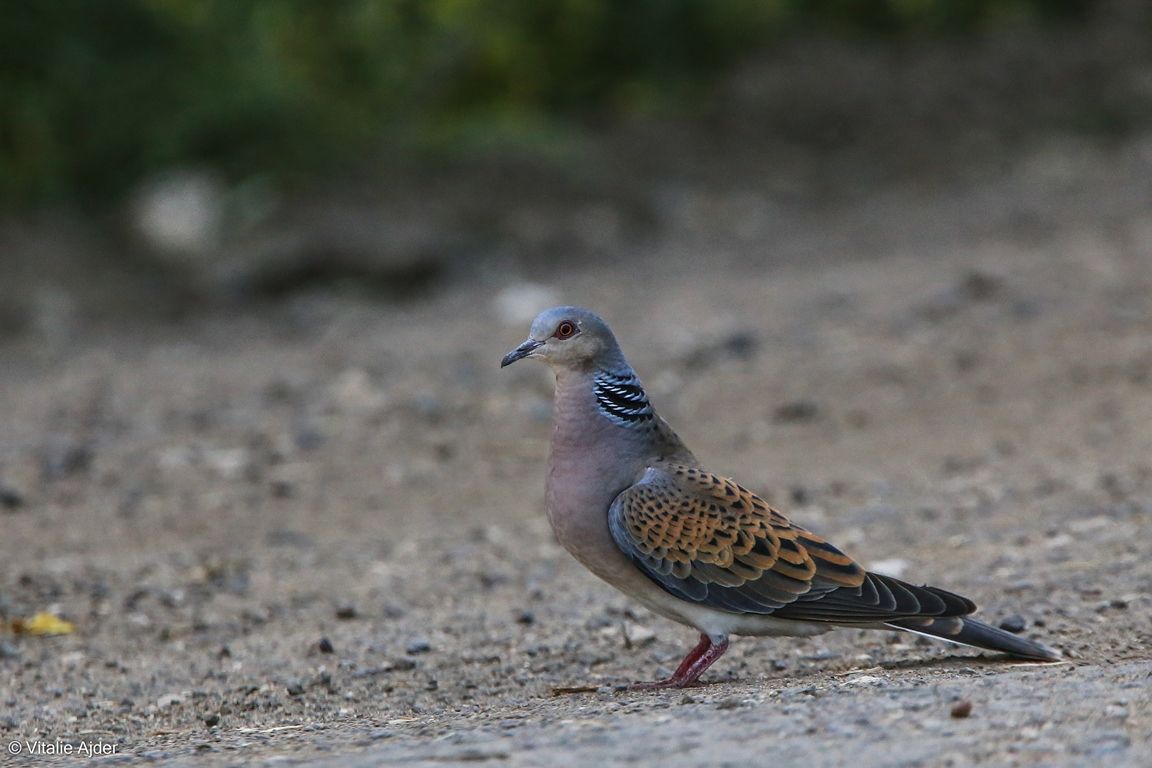
Golden oriole
Oriolus oriolusPrefers forests, but can also be seen in parks or forest strips. It is a summer visitor and is present in Moldova from April to October.
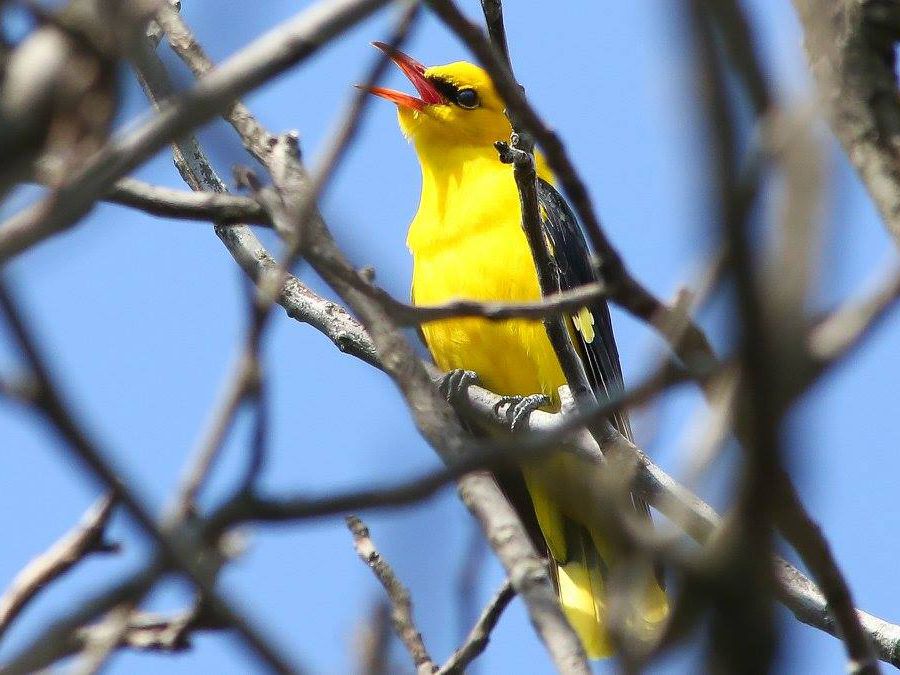
Thrush nightingale
Luscinia lusciniaIt can be heard in the woods with many bushes or in parks, generally in lowlands. The species is a summer visitor and can be observed from April to September.
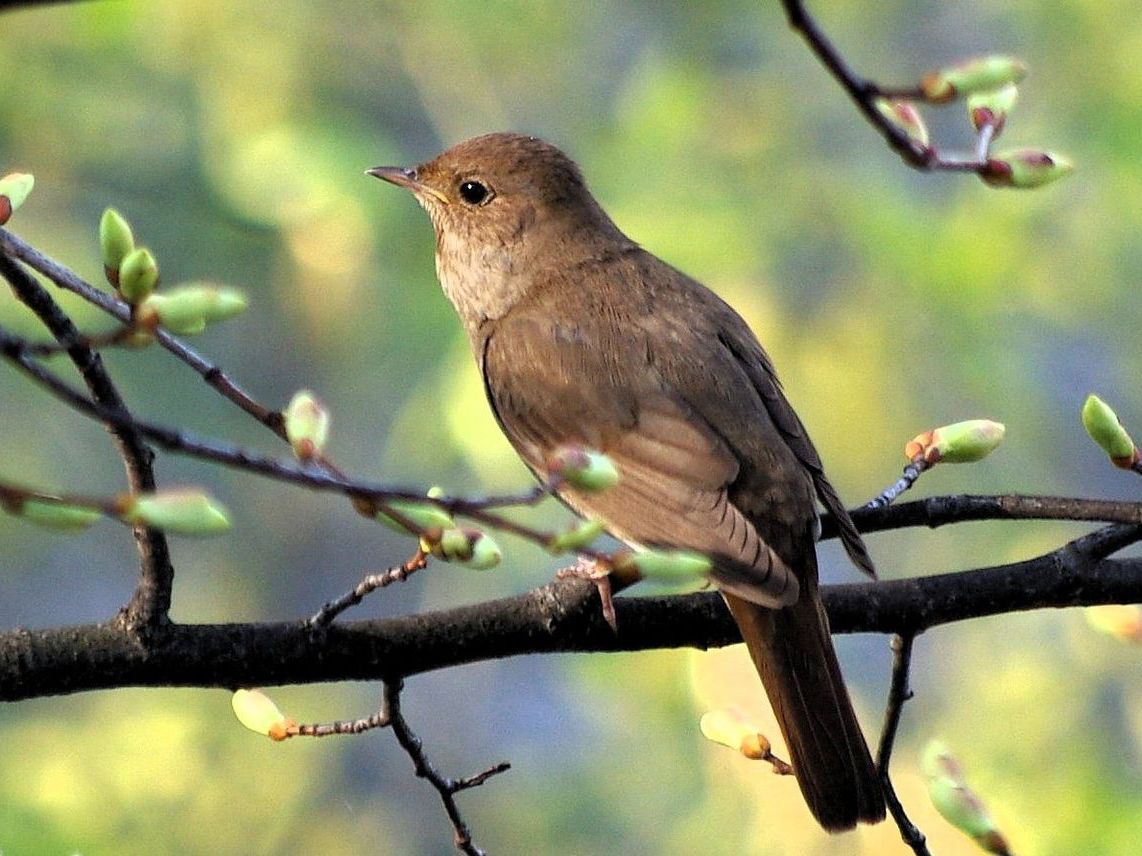
Barred warbler
Sylvia nisoriaA species characteristic for semi-arid open habitats with bushes or farmlands, forest strips and plains with groups of trees. It is a summer guest and can be seen from May to September.

Eurasian blackbird
Turdus merulaIs a common species for forests and parks, especially outside urban areas. It is sedentary and can be observed all year long.
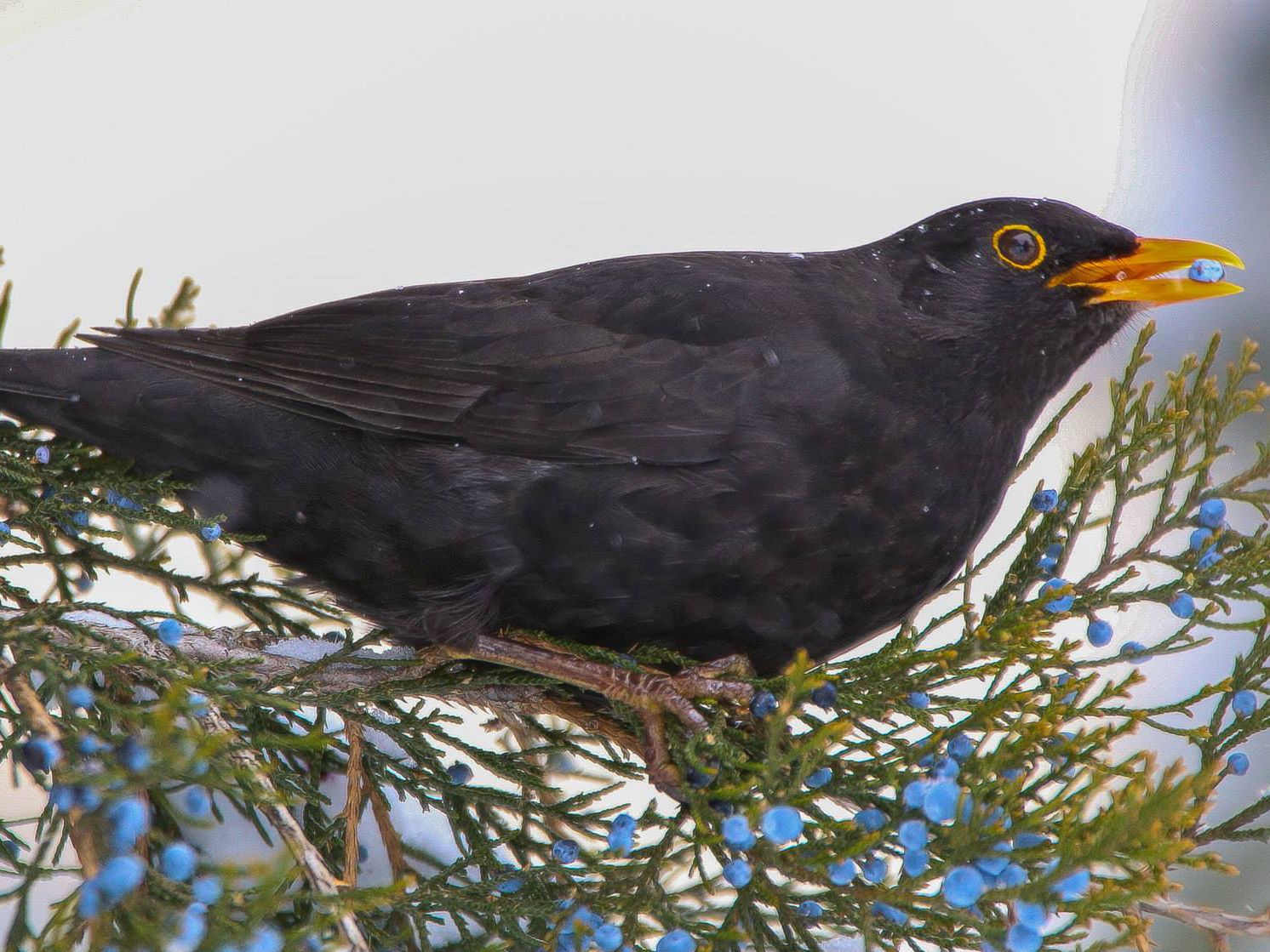
Hawfinch
Coccothraustes coccothraustesIts specific habitat consists of deciduous and mixed forests?, present both in the plain and hilly areas. The species prefers rich crown trees, where it can place its nest as close as possible to the thick branches. It is sedentary and can be observed throughout the year.

In orchards, farmlands and gardens:
Eurasian tree sparrow
Passer montanusOccupies most habitats, especially the open ones: farmlands, meadows, pastures, gardens, and even rural / urban localities. It is a sedentary species that can be seen throughout the year.

Barn swallow
Hirundo rusticaParticularly prefers anthropic habitats, such as towns and villages. It can also be found around isolated buildings. It is a summer guest and can be seen during March-October.
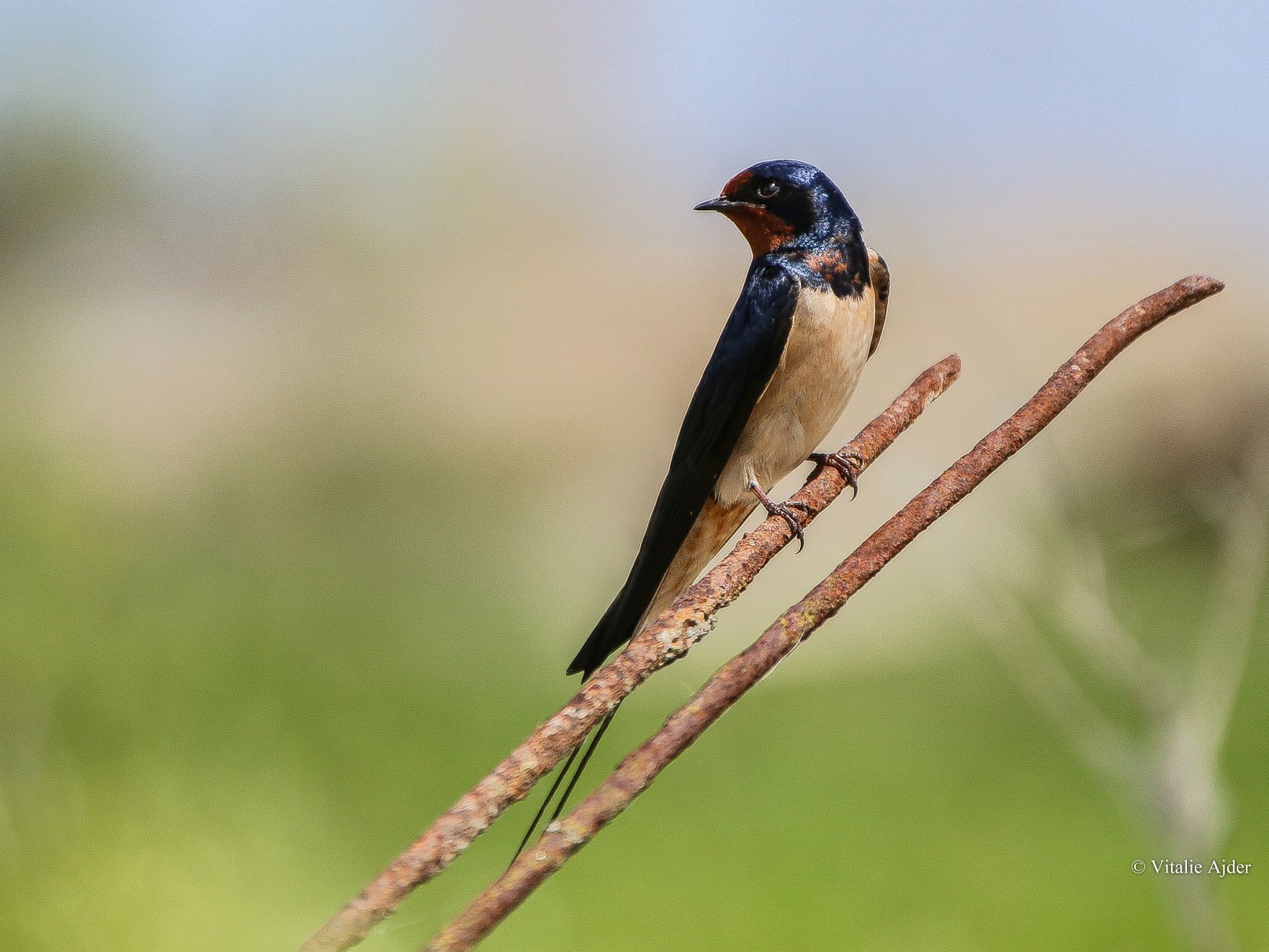
House martin
Delichon urbicaPrefers anthropic habitats, mostly rural localities. It is a summer guest and can be seen during April-October.

Eurasian collared dove
Streptopelia decaoctoIs a species found in rural areas. It is a sedentary species which can be seen throughout the year.
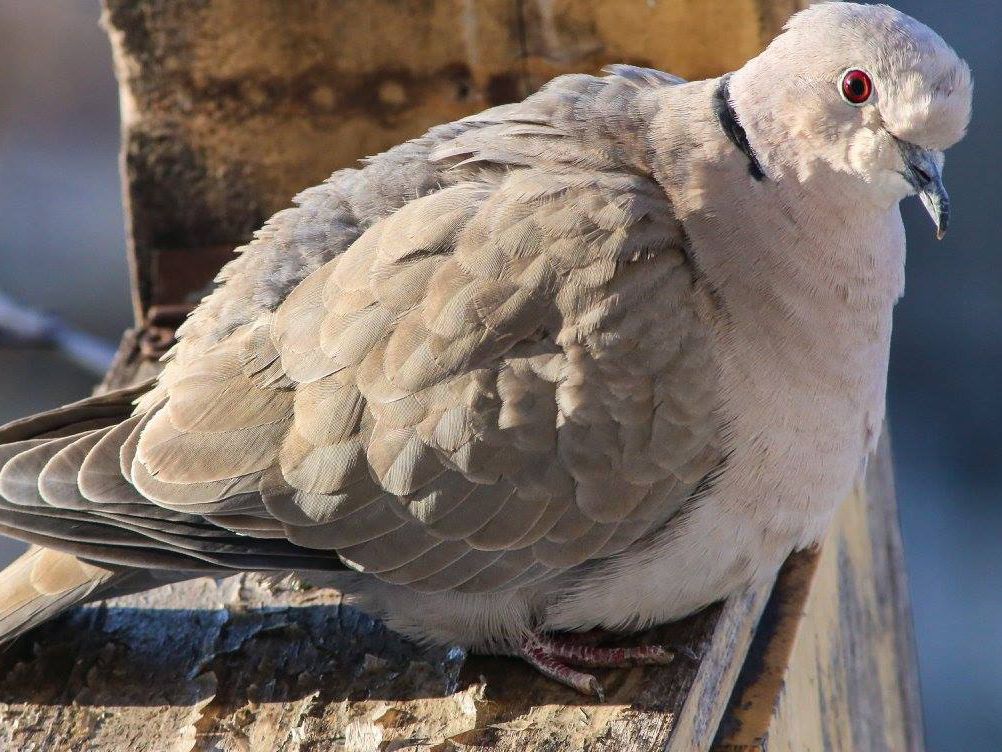
Skylark
Alauda arvensisPrefers steppes and habitats with abundant herbaceous vegetation. It is a summer visitor and can be seen during April-October.
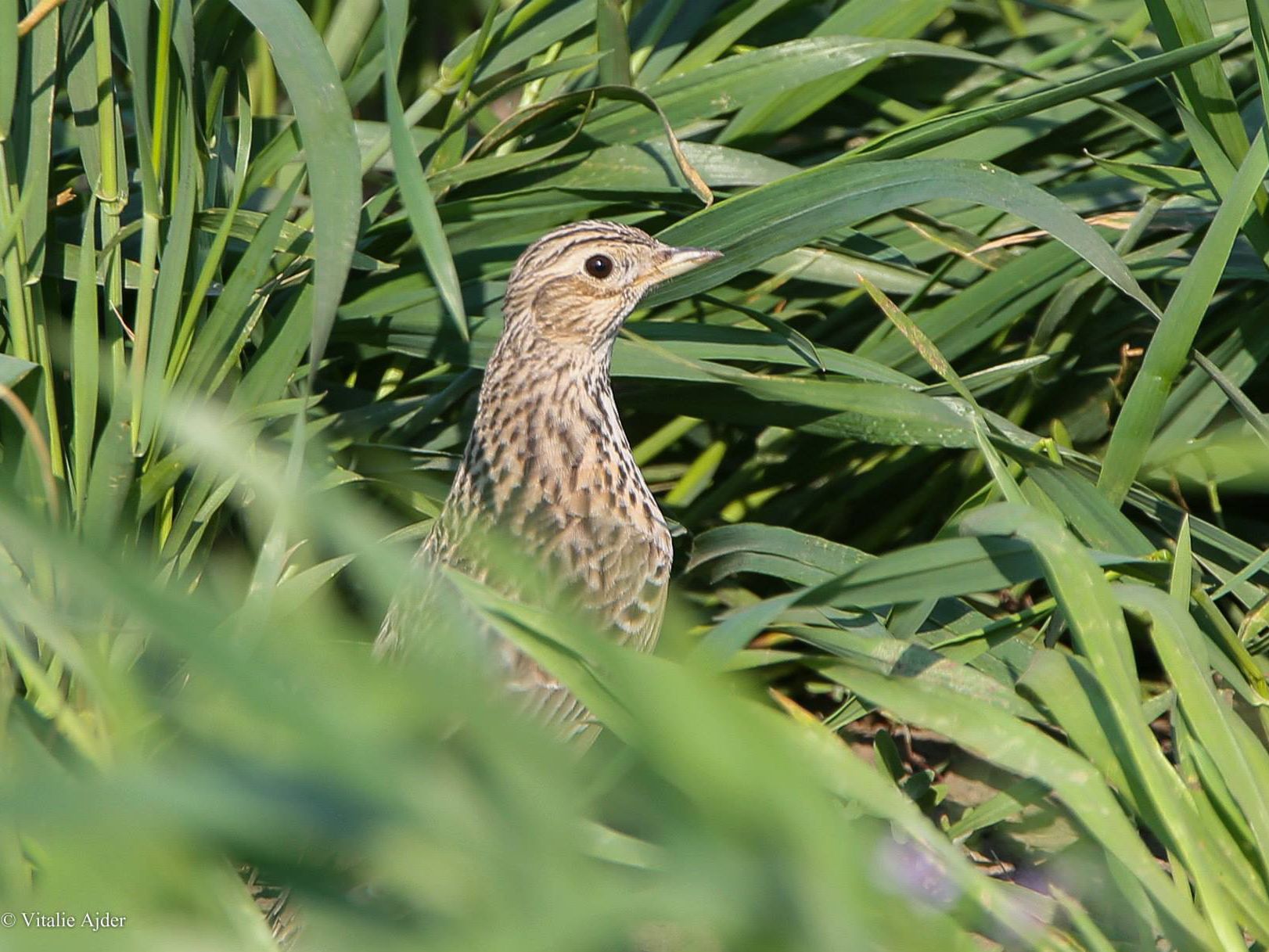
Rook
Corvus frugilegusOpts for agricultural habitats, with groups of deciduous trees, mostly poplars or rich canopy trees where big flocks can install their colonies. It is a sedentary species that can be seen throughout the year.
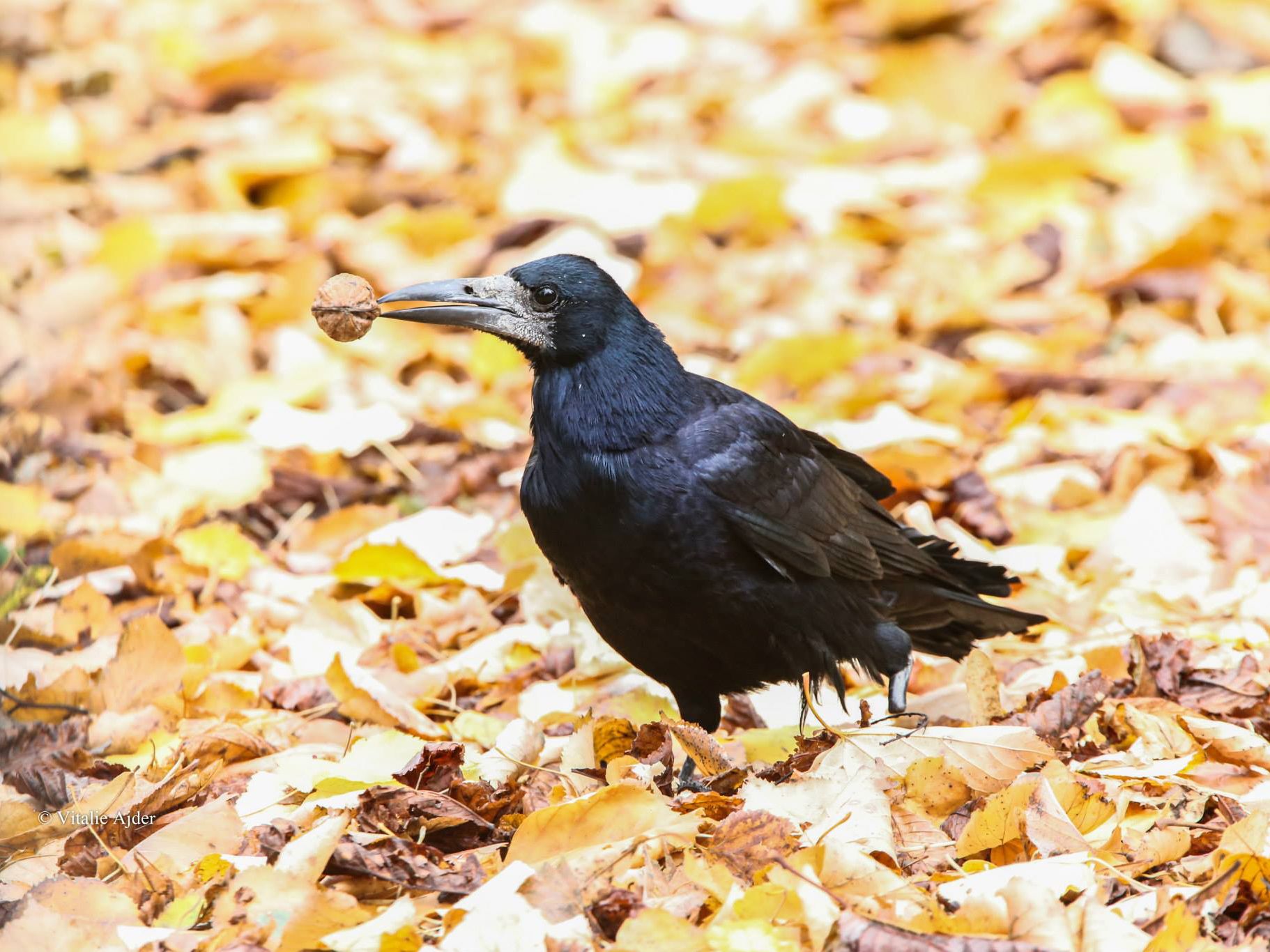
Corn bunting
Emberiza calandraIs a common bird in the open and plain habitats or hilly areas. Generally, it is a sedentary species that can be seen throughout the year, but some flocks can partially migrate to other regions.
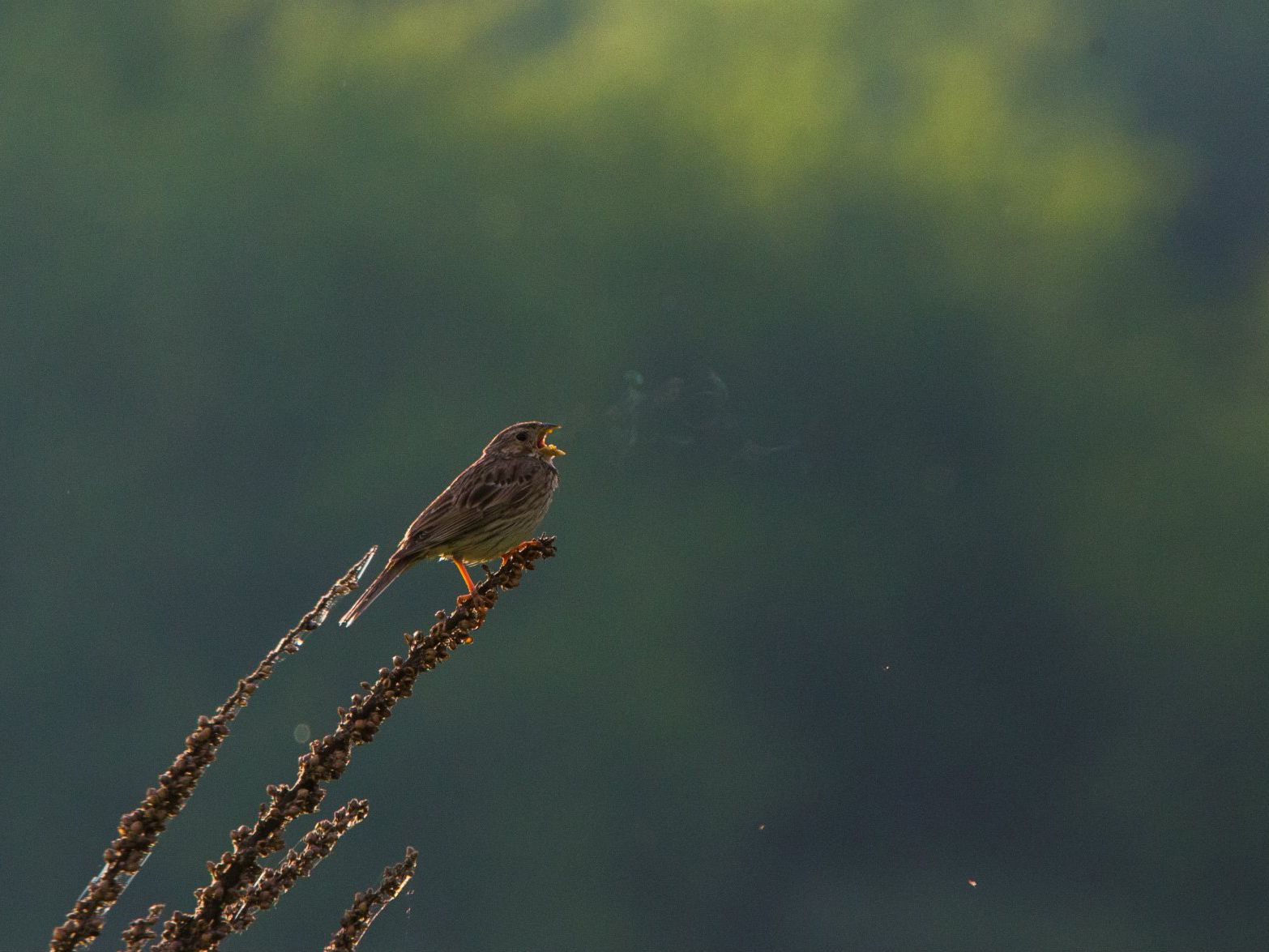
Eurasian hoopoe
Upupa epopsPrefers plain habitats, with rocky elements or ravines / slopes where it can nest. It is a summer visitor and can be seen during April-October.
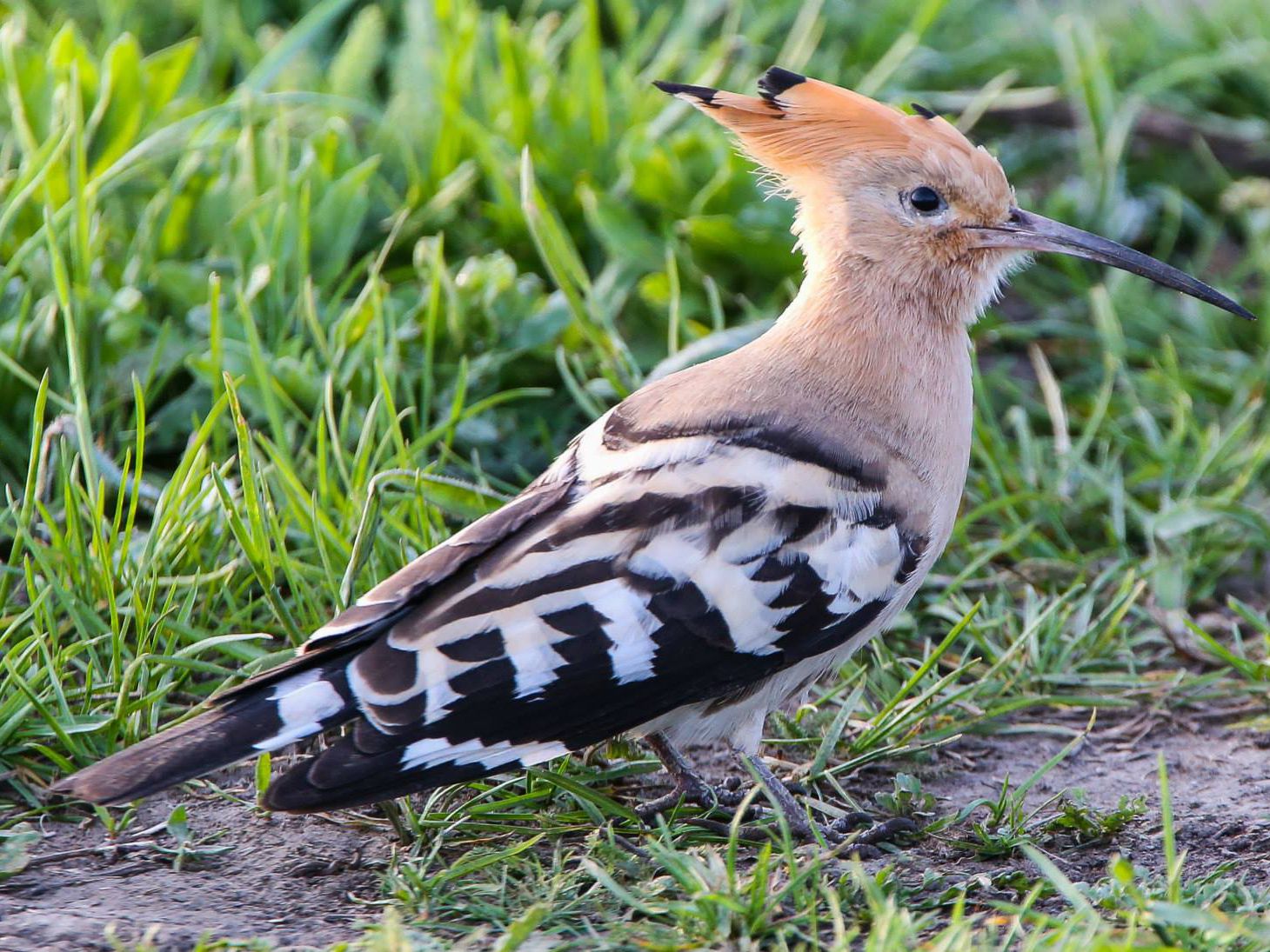
Magpie
Pica picaOccurs especially in lawlands and hills, in a wide variety of open regions, especially those with solitary trees, bushes, groups of trees or forests. In anthropic habitats the species prefers mixed farmlands, grasslands, parks and gardens, with hedges and small groups of trees. It is a sedentary species that can be seen throughout the year.

Starling
Sturnus vulgarisIt is a species found in many habitats: settlements, parks, forests, open areas with groups of trees, river meadows or rocks. Generally, it is a partially migratory species, as some flocks can move to other regions to feed while others remain during the winter in our country.
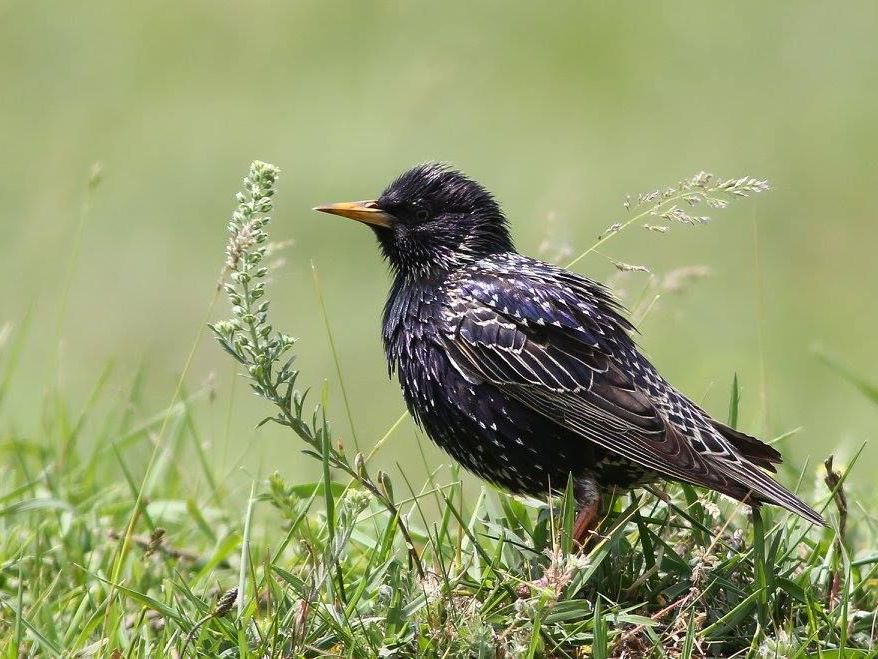
Yellow wagtail
Motacilla flavaPrefers humid, low-vegetation habitats such as pastures, hayfields, farmlands or stony marshes. It is a summer visitor and can be seen during April-October.

House sparrow
Passer domesticusPrefers anthropic habitats, usually rural and urban settlements, but also isolated buildings. It is a sedentary species that can be seen throughout the year.
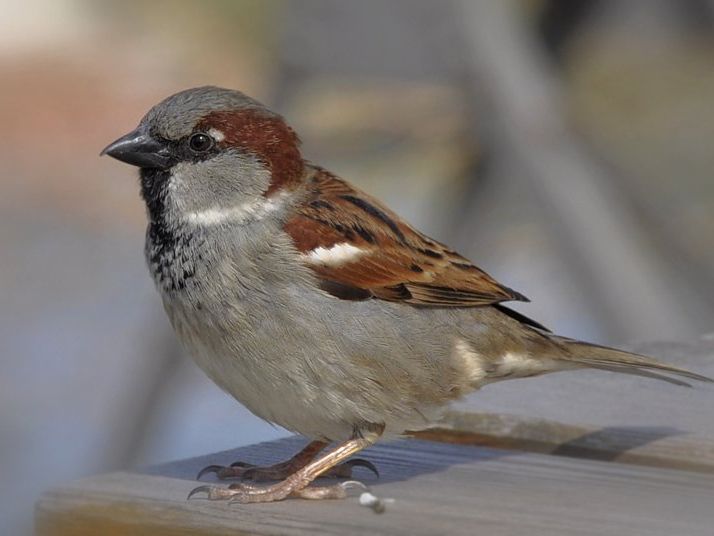
Recommendations
The following gear is recommended for use while on the trail:
- Cap or bandana in the warm seasons
- Hat and gloves in the cold season
- Loose and comfortable clothes; dressing in layers is recommended: shirt, blouse, sweater, vest, jacket, depending on the season
- Long hiking pants
- Waterproof clothing
- Field shoes (hiking boots or hiking sandals, depending on the season)
- Backpack
- Water
- Sunglasses
- Sunblock
Equipment
- Binoculars. Orheiul Vechi Reserve, as well as the Butuceni and Trebujeni village guest houses have binoculars for rent. Contact the reception desk for details.
- Riflescope.
Other recommendations
Rules
When birdwatching, we should follow several rules:
These rules are at the cornerstone of birdwatching and are aimed at both beginners and advanced birdwatchers. Observance of these rules is primarily about the respect for the nature, wildlife and the rights of other beings. We assure you that you will be more successful in your birdwatching if you will abide by them!
- The safety of wild fowl comes first, therefore we cannot behave in a way that would scare them away or endanger their lives:
- do not follow them
- do not get too close to them or their resting place
- do not stay too long near their nests and do not bother the clucking birds or birds with hatchlings in no way
- do not listen to music at full volume
- do not yell
- do not make chasing away gestures
- do not try to catch them to make photos or to have a better look at them
- The habitat is the home of wild animals; hence we should not damage or pollute the place where we birdwatch. The following are strictly prohibited:
- Littering on the route
- Cutting down trees
- Dislodging rocks
- Taking any object as a memento
- Smoking or drinking alcoholic beverages
- Any other behavior that will lead to the damaging of the habitat following your visit.
- Respect the privacy and property rights of the local people, therefore do not use your binoculars to look into people’s courtyards and houses, do not divert from the marked route and focus only on the things you are interested in.